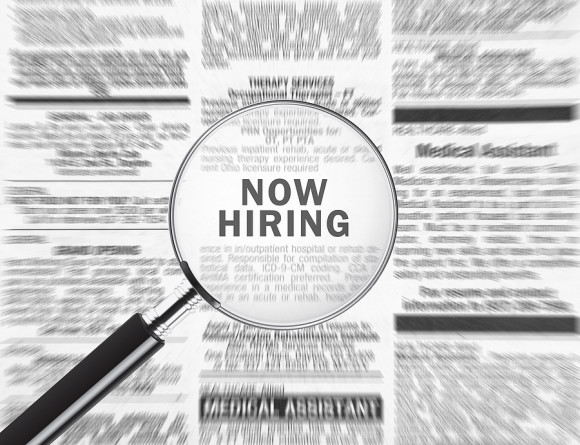Wednesday, July 21, !
 The plan that got final approval from the City Council Wednesday will allow for more robust civilian oversight of the Chicago Police Department. Manuel Martinez / WBEZ
The plan that got final approval from the City Council Wednesday will allow for more robust civilian oversight of the Chicago Police Department. Manuel Martinez / WBEZChicago aldermen reached a major milestone in police reform Wednesday by passing a long-awaited measure to implement elected civilian oversight of the Chicago Police Department.
The ordinance, passed 36 to 13, is a compromise between two previously competing proposals from Chicago Mayor Lori Lightfoot, who campaigned on beefing up civilian oversight of the police in the years following Laquan McDonald’s killing, and community activists who’ve been pushing for several different iterations of police oversight for years.
Wednesday’s historic vote came after nearly two hours of comments from Chicago aldermen who’ve had a hand in crafting the proposal, and from those who oppose it. The chamber broke out in applause after it passed.
“While I wish that we would have been further along … and that this ordinance would be stronger, we should be proud, because this is a strong, transformative and robust ordinance, because this is a balanced ordinance,” said co-sponsor Ald. Carlos Ramirez-Rosa, 35th Ward.
Lightfoot said the ordinance is a step toward rebuilding trust between communities and police.
“If the communities do not trust [police] because they’re not legitimate to them, they will not be effective in their most core mission, which is serving and protecting every single resident of the city,” Lightfoot said.
The new plan will create a two-tiered system of oversight. There will be both a seven-member commission and 22 elected district councils, one for each police district. The new commission will play a key role in hiring future police superintendents and will have unilateral power to hire and fire the head of the city agency that investigates allegations of police misconduct.
It would also have the authority to draft, review and approve new policies, and it would be authorized to start the process of removing a superintendent by adopting a resolution of no confidence.
Members of the inaugural commission will be selected by aldermen. Future commissioners will be selected by a committee made up of the publicly elected delegates from the 22 district councils. The first election would be in 2023.
“I have a lot of confidence in the public,” said Ald. Leslie Hairston, 5th Ward. “I think that we have to allow them as they create this to say, ‘This is what we need and this is what we don’t need.’”
Giving everyday Chicagoans some ability to police the city’s police department has been debated for many years. Various oversight boards have existed and been dissolved over time, but the push for a civilian oversight body ramped up after police officer Jason Van Dyke killed teenager Laquan McDonald. Competing proposals have floated through City Hall, but never came to a vote.
Ald. Chris Taliaferro, 29th Ward, chairs the Council’s Committee on Public Safety where many of the competing versions of civilian police oversight have been debated the past decade. He’s also a former cop and supported the compromise proposal that passed Wednesday.
“I love policing and I loved being a police officer,” Taliaferro said. “I’m very proud to have served with them. But I’ve also seen things that I know that need to be reformed in our department. If we don’t take these bold steps now, we will be having a future in this city that none of us will be very proud of.”
Ald. Ray Lopez, 15th Ward, who often stands in support of Chicago police, voted for the measure and said he believes it will help repair police morale.
“The second-guessing by everyone because of the system that exists now is eroding [police officers’] ability to be the heroes in the communities that we know they are.”
Many progressive aldermen who were elected on the issue of police reform spoke in support of the new oversight plan.
“Some of us got voted in and got elected to do something and I’m really proud of everyone here that came together to talk, even those of us who didn’t agree,” said Ald. Andre Vasquez, 40th Ward. “Through negotiation, we were able to come to an agreement there and establish something that makes our city better and our city safer.”
The tensions between those who favored the plan and those who did not were evident as aldermen spoke on the Council floor before Wednesday’s final vote. Vasquez noted in his comments that many of the same Council members who vote against legal settlements that involve police misconduct are also resistant to oversight and reform.
“Taxpayer dollars are wasted time and time again, because you don’t work in an institution that clearly needs to be fixed,” Vasquez said.
Thirteen aldermen voted against the ordinance, with several saying they feel current oversight of the Chicago Police, including in the form of a consent decree from the federal government, is sufficient.
“I don’t believe that we should be pushing another form of oversight,” said Ald. Anthony Napolitano, 41st Ward.
Napolitano, also a former police officer, said communities need to be held accountable for engaging in gun violence, noting the high numbers of shootings so far this year.
Ald. Nick Sposato, 38th Ward, echoed Napolitano.
“We don’t need police reform,” he said bluntly. “We need family reform. Families need to start taking ownership and watching after their children protecting their communities. We can’t be blaming the police for everything.”
Those who voted against the ordinance include Brian Hopkins, 2nd Ward; Anthony Beale, 9th Ward; Patrick Daley Thompson, 11th Ward; Marty Quinn, 13th Ward; Ed Burke, 14th Ward; Matt O’Shea, 19th Ward; Silvana Tabares, 23rd Ward; Ariel Reboyras, 30th Ward; Nick Sposato, 38th Ward; Samantha Nugent, 39th Ward; Anthony Napolitano, 41st ward; Brendan Reilly, 42nd Ward; James Gardiner, 45th Ward.
Mariah Woelfel and Becky Vevea cover city government at WBEZ. You can follow them @MariahWoelfel and @BeckyVevea.
/cdn.vox-cdn.com/uploads/chorus_image/image/69614698/merlin_91414000.0.jpg)













